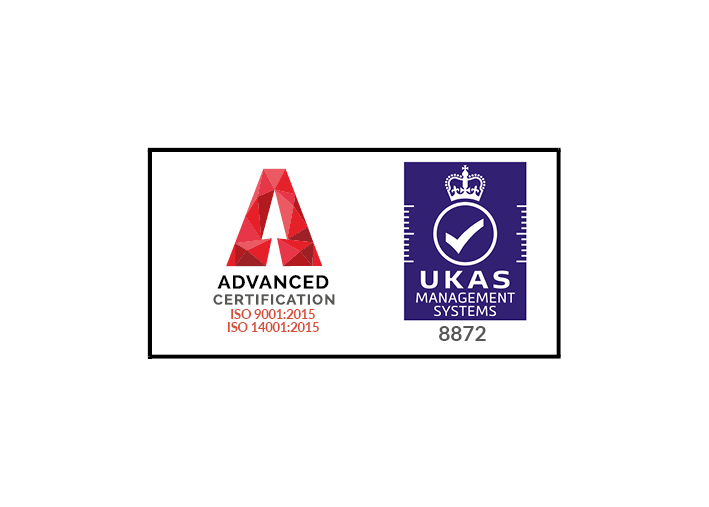RODENTS (order-rodentia)

Signs that you have an infestation;
As rodents interact and infest an area they do leave signs that they are about. This will indicate how large or small your infestation is.
Rodents are nocturnal so you may not see them, but you may hear them, Scuffling scratching and gnawing noises. If you do see them through the day this may mean you have a large infestation or their habitat has been disturbed.
Rats and mice produce a “stale” odour which can linger even when infestation has gone.
Droppings are an obvious sign that you have an infestation. As one rat can produce 40 droppings per day and a mouse around 80.
Both rats and mice can cause damage by gnawing through wires, boxes, bottom of doors ect.
House Mouse (mus domesticus)
The House Mouse has been identified from pre-roman Iron Age deposits and is believed to have arrived in Britain around 10th century BC. Mainly a house dweller, it lives very little outdoors where it does not compete well with small external mammals like Wood Mice. It is not found in sewers.
House Mice avoid wet or damp conditions as they do not like getting wet due to their small size making it difficult for them to keep warm when wet.
They are able to cope with cold conditions if the environment is dry and they have materials to nest with. Extremely adaptable the House Mouse has been known to live inside deep freezers, where they develop a thicker coat and only eat high energy food stuffs.

Breeding Cycle
Female Norway Rats can give birth about every 28 days and female House Mice every 21 days. Mating may occur soon after giving birth to a litter.
Table of breeding activity of rodents
| Norway Rat | Ship Rat | House Mouse | |||
| Sexual Maturity | 12 – 16 Weeks | 12 – 16 Weeks | 5-6 Weeks | ||
| Gestation Period | 21 – 24 Days | 21 – 22 Days | 19 – 20 Days | ||
| Litter Size (Usual) | 6 – 11 | 5 – 7 | 5 – 8 | ||
| Weaning Period | 3 – 4 Weeks | 3 – 4 Weeks | 3 Weeks |
One of the important roles of the mother is to provide a nest for the young. Substantial nests are made from materials such as grass, paper, sacking and insulation.
Avoiding Rat Problems
- Store firewood away from the side of sheds and fences and keep it clear from the ground.
- Regularly remove or limit garden waste or other disused materials in sheds or around your yard.
- Remove fruit or nuts from trees or vines at the end of the season.
- Block holes or potential access points around all buildings.
- Keep pet food dishes clean and stored bulk pet food supplies in manner which denies access to rats.
- Rubbish bins and compost containers should be well maintained and free from holes.
A rat is the world’s most resilient animal. Rats and mice in buildings pose a serious threat to human health. The health threat alone is justifiable cause for concern and for the implementation of a control and management procedure. You can also find that you become infested with rodents if there is a building being demolished close by.
Wyre Forest Pest Control can carry out an eradication program at your property and offer advice or carry out proofing work.

A few facts about rats
A Rat Can
- Fall 15 meters without hurting itself.
- Swim 800 meters.
- Tread water for three days.
- Jump one meter vertically, 1.2 meters horizontally.
- Wriggle through a hole one-quarter its size.
- Gnaw through lead and aluminium sheeting.
- Produce up to 15,000 descendants in a year.
Wyre Forest Pest Control are experts at rodent control and prevention.
Wyre Forest Pest Control guarantees all treatments, we offer a professional service with a quick response time.
Please phone to arrange your survey or for expert advice on, 01562 747210 or 07890048362




